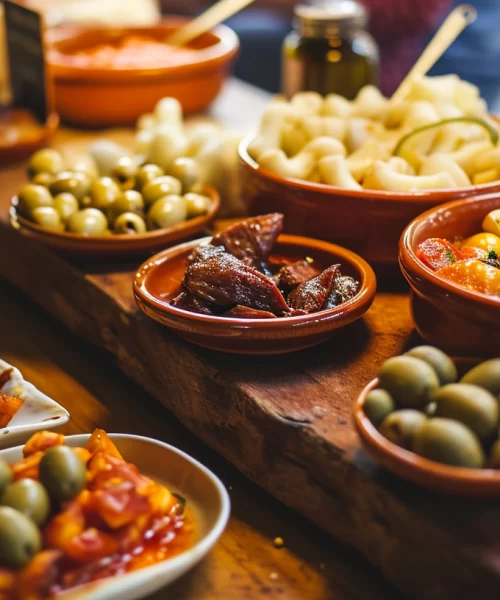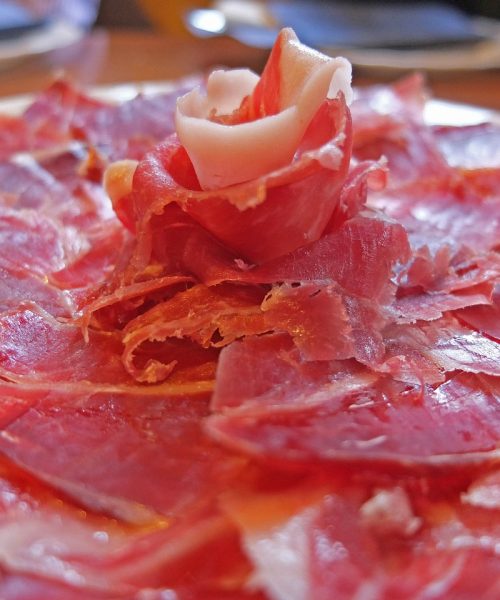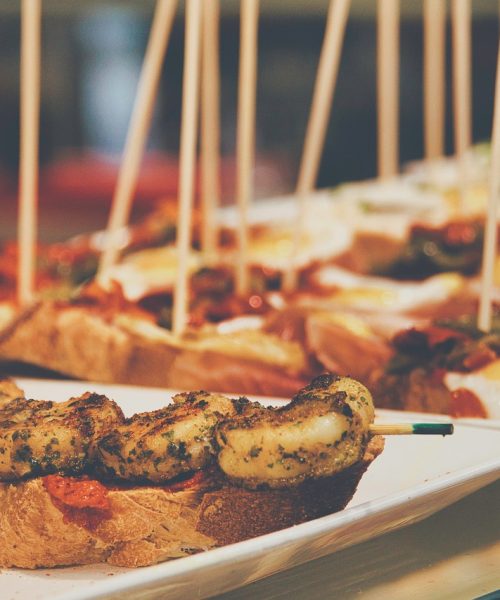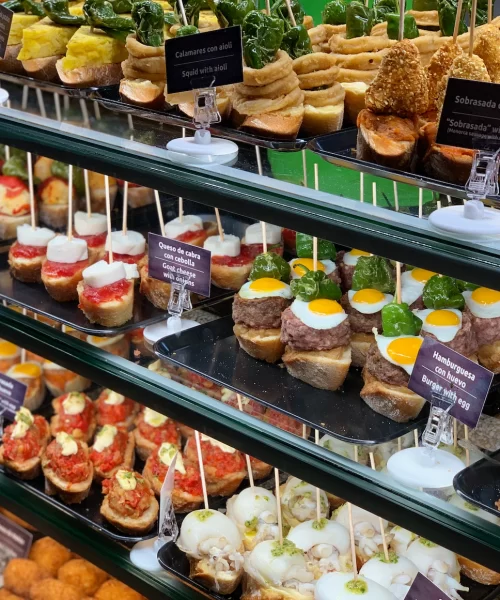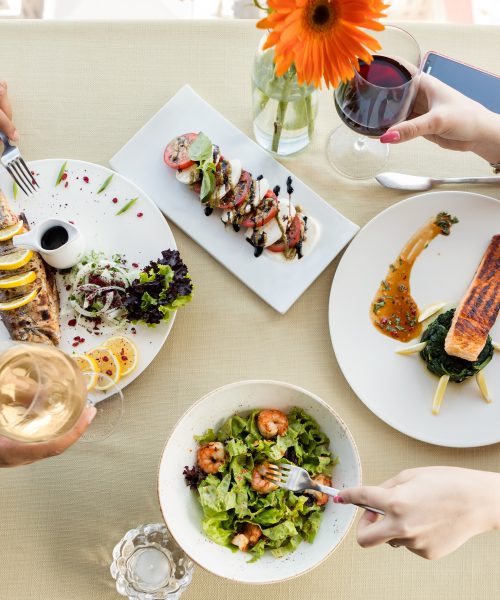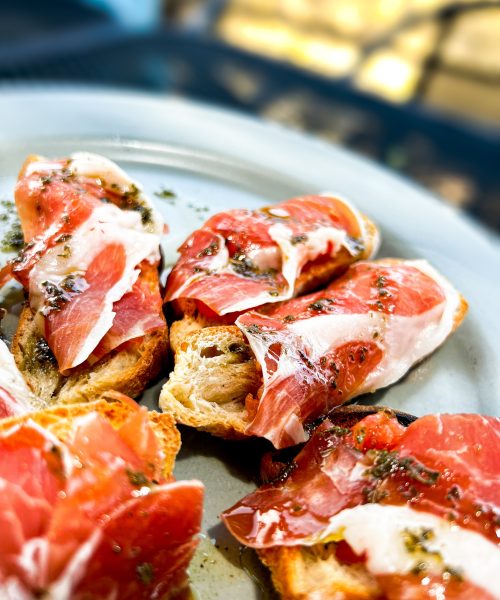Tapas are small, flavorful dishes that are a staple of Spanish cuisine and culture. The word “tapas” comes from the Spanish word “tapar,” which means “to cover.” It is said that tapas originated centuries ago in Spain when bartenders would place small plates of food on top of glasses to keep flies out of the drinks. Over time, these small plates of food evolved into the tapas we know today.
In Spain, tapas are traditionally eaten as a snack or appetizer before a meal, or as a light dinner accompanied by drinks. They are served in small portions, which allows for diners to try a variety of different flavors and textures. In addition to being a delicious way to sample different dishes, tapas are also a social activity that promotes conversation and community.
The art of tapas has become increasingly popular around the world, and many people are now learning how to create and enjoy these flavorful bites. In this article, we will provide expert tips and recipes for mastering the art of tapas, so you can create perfect bites to share with friends and family.
The Art of Tapas
The History and Culture of Tapas
Tapas have a rich history and culture in Spain. They are deeply ingrained in Spanish culinary traditions and are a vital part of the country’s social life. Tapas are often enjoyed in bars and taverns, where locals gather to share food, drinks, and conversation. The culture of tapas is all about community and sharing, and it’s a way for people to connect with each other over a shared love of food.
Characteristics of Tapas
There are several defining characteristics of tapas that make them unique. First, they are small portions, which allows diners to try a variety of different flavors and textures without filling up too quickly. Second, they are often served as a snack or appetizer, rather than a main course. Third, tapas are meant to be shared, which creates a sense of community and togetherness.
The importance of sharing is a key aspect of tapas culture. It is common to see friends, family, and even strangers sharing plates of tapas and engaging in lively conversation. This social aspect of tapas is what makes them so special and has helped to make them a beloved part of Spanish culture.
In summary, tapas are not just a type of food, but a way of life in Spain. They are deeply rooted in the country’s history, culture, and social life. Understanding the art of tapas is about more than just learning how to make delicious small plates; it’s about embracing the culture and spirit of sharing and community that goes along with them.
Choosing the Right Ingredients and Flavors
Choosing the right ingredients and flavors is key to creating delicious tapas. Fresh, seasonal ingredients are always a good choice, as they will have the best flavor and texture. Experimenting with different combinations of flavors and textures can also create unique and delicious tapas.
It’s important to consider regional specialties and flavors when creating tapas. For example, in Andalusia, tapas often feature seafood and garlic, while in Catalonia, tapas may include cured meats and cheeses. By incorporating these regional flavors and ingredients, you can create an authentic and delicious tapas spread.
Tapas Plating and Presentation
Plating and presentation are important aspects of tapas. Because tapas are often served in small portions, they need to look appealing and appetizing. Using small plates or bowls for individual portions can make the presentation more attractive.
When plating tapas, it’s important to pay attention to the color, texture, and balance of the dish. Using different colors and textures can create visual interest, and balancing flavors and textures can ensure that each bite is delicious.
Consider using garnishes and sauces to add interest and flavor to your tapas. A simple drizzle of olive oil, a sprinkle of fresh herbs, or a dollop of aioli can elevate the flavor and presentation of your tapas.
Pairing Tapas with Wine and Beverages
Pairing tapas with the right wine or beverage can enhance the flavors of both the food and the drink. Basic rules for pairing wine and tapas include matching the intensity of the food with the intensity of the wine, and matching the acidity of the food with the acidity of the wine.
In addition to wine, there are many non-alcoholic beverages that can complement tapas, such as sparkling water, iced tea, or fruity sangria. The key is to choose a beverage that complements the flavors of the tapas and enhances the overall dining experience.
By following these tips, you can create delicious and visually appealing tapas that will impress your guests and create a memorable dining experience.
Tapas Recipes
Classic Spanish Tapas Recipes
- Tortilla española (Spanish omelette) – a classic Spanish dish made with potatoes, onions, and eggs. It is often served in small slices as a tapa.
- Patatas bravas (spicy fried potatoes) – cubed potatoes that are fried until crispy and then tossed in a spicy tomato sauce.
- Gambas al ajillo (garlic shrimp) – shrimp sautéed with garlic, olive oil, and chili flakes. This dish is often served with crusty bread to soak up the flavorful sauce.
- Croquetas (ham and cheese croquettes) – small balls made from a mixture of mashed potatoes, cheese, and ham, coated in breadcrumbs and fried until golden brown.
Modern Tapas Recipes
- Smoked salmon crostini with dill cream cheese – sliced baguette topped with smoked salmon and a creamy dill cheese spread.
- Grilled octopus with chorizo and paprika aioli – tender grilled octopus paired with spicy chorizo and a smoky paprika aioli.
- Fried chicken and waffles with maple syrup glaze – a modern take on a classic Southern dish. Fried chicken is served on top of a crispy waffle and drizzled with a sweet maple syrup glaze.
- Baked brie with fig jam and walnuts – a warm and gooey baked brie topped with sweet fig jam and crunchy walnuts.
Vegetarian and Vegan Tapas Recipes
- Roasted beet and goat cheese crostini – sliced baguette topped with roasted beets and tangy goat cheese.
- Grilled asparagus with romesco sauce – fresh asparagus grilled until tender and served with a tangy and spicy romesco sauce.
- Stuffed mushrooms with quinoa and spinach – portobello mushrooms stuffed with a flavorful mixture of quinoa, spinach, and Parmesan cheese.
- Vegan Spanish tortilla with chickpea flour – a vegan version of the classic Spanish tortilla made with chickpea flour instead of eggs.
Dessert Tapas Recipes
- Churros with chocolate dipping sauce – crispy churros dusted with cinnamon sugar and served with a rich chocolate dipping sauce.
- Crema catalana (Spanish custard) – a creamy and decadent custard flavored with cinnamon and citrus zest.
- Chocolate and hazelnut truffles – rich and indulgent truffles made with dark chocolate and toasted hazelnuts.
- Fresh fruit skewers with honey-lime dressing – skewers of fresh fruit drizzled with a sweet and tangy honey-lime dressing.
These recipes offer a variety of flavors and textures that are sure to impress your guests and create a memorable tapas experience.
Conclusion
In conclusion, mastering the art of tapas requires an understanding of the history, culture, and characteristics of this beloved Spanish cuisine. It’s not just about creating delicious small plates of food, but also about embracing the social aspect of sharing and community that goes along with tapas.
By following expert tips such as choosing the right ingredients and flavors, paying attention to plating and presentation, and pairing tapas with the right wine or beverage, you can create a beautiful and delicious spread of tapas to share with your family and friends.
From classic Spanish tapas recipes like tortilla española and gambas al ajillo, to modern twists like grilled octopus with chorizo and paprika aioli, there are endless possibilities for creating delicious tapas. And with vegetarian and vegan options like roasted beet and goat cheese crostini and vegan Spanish tortilla, there’s something for everyone to enjoy.
In the end, the key to mastering the art of tapas is to experiment, have fun, and embrace the social aspect of sharing these flavorful and delicious bites with your loved ones. So gather your friends, open a bottle of wine, and start creating your own tapas masterpiece today!

